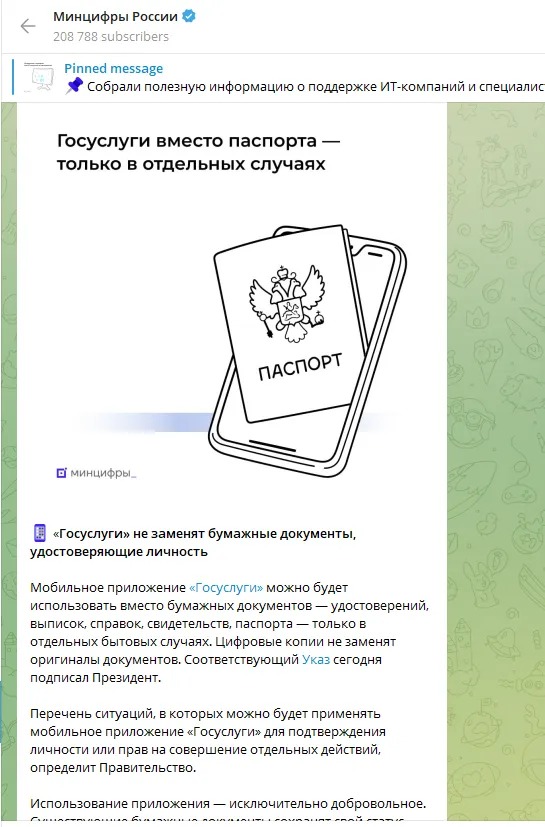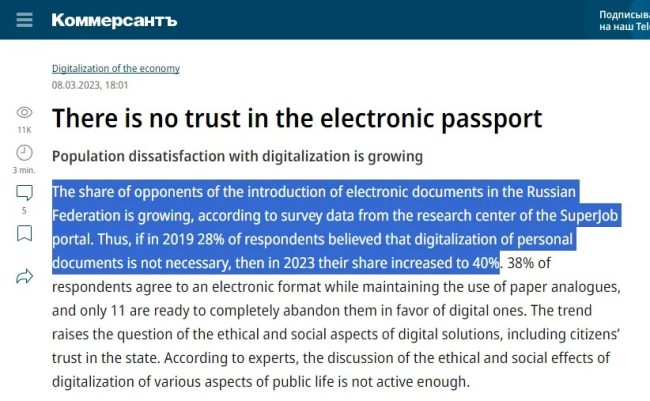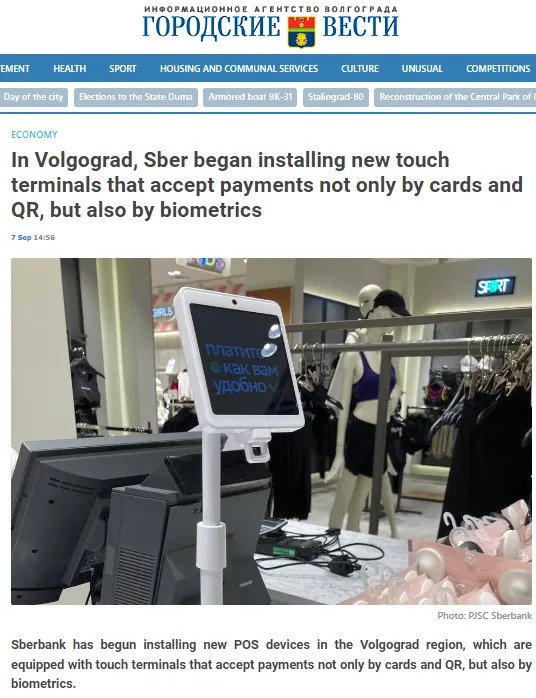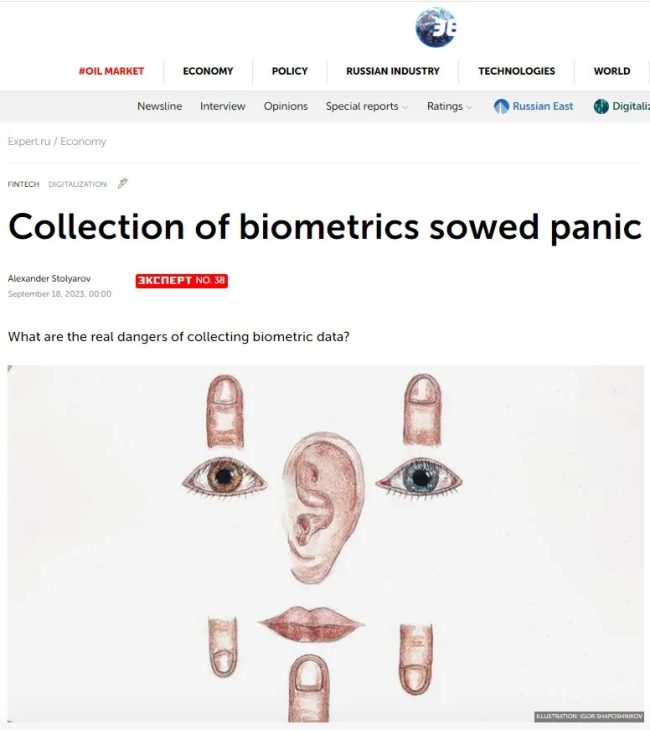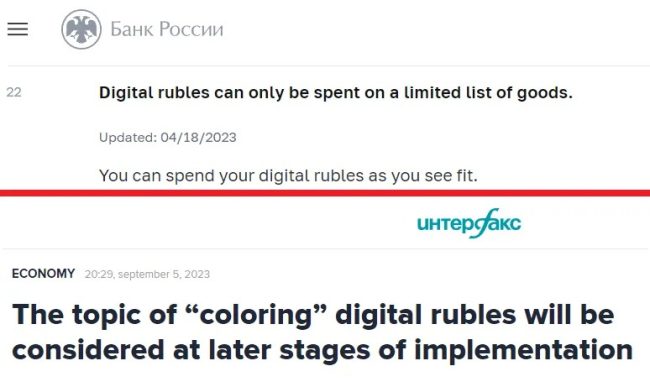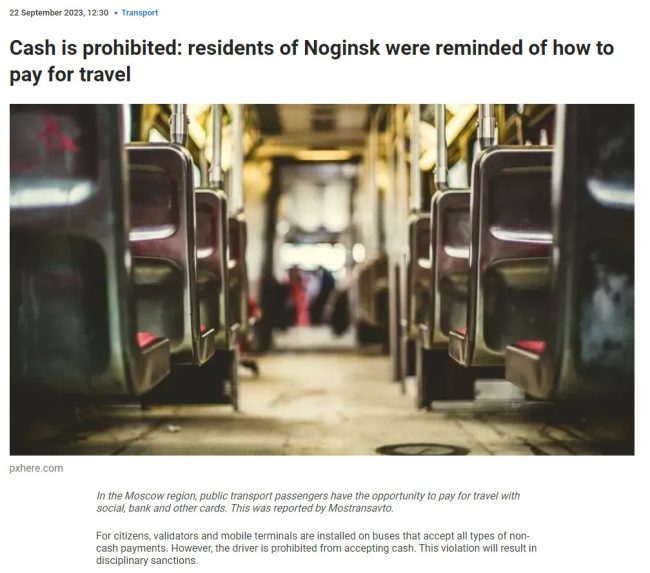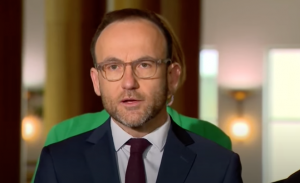Inside Russia’s “digital transformation”

Things are getting very digital in Russia. For your reading convenience I have decided to compile important updates about Russia’s “digital transformation” into a single blog post. Thank you for reading and have a relaxing Friday.
PUTIN SIGNS DECREE ON CREATION OF A “DIGITAL” DOMESTIC PASSPORT
Last Monday, Russian President Vladimir Putin approved a plan that will allow Russians to use a digital ID instead of a paper one. The “digital [domestic] passport” (Russia has a domestic passport system) will be stored on the State Services (Gosuslugi) mobile application.
Putin’s decree gives the government three months to compile a list of situations in which a digital ID is a valid form of identification.
Russia’s Ministry of Digital Development announcing Putin’s decree on the creation of a digital passport (source: Telegram)
Officials have stressed that the digital passport is completely voluntary and no one will be penalized for using a paper ID.
The scheme can be traced back to 2021, when the Ministry of Digital Development proposed the creation of a new form of ID—a physical card with a chip that would replace the paper passport. However, the plan was abandoned because the identity cards were too expensive to make. Last year, Putin instructed the ministry to draft a decree for the introduction of a digital ID.
Katyusha.org commented on the introduction of this new QR code-based ID system:
Now we see that the second part of this project, where a smartphone with an application and a QR code in it turns into an electronic ID card, is being carried out strictly according to plan. Apparently, the trial run with checking QR codes during the Covid chaos worked well: now the system can be introduced on an ongoing basis.
[…]
It is no coincidence that the Federal Law on expanding the use and collection of biometrics, adopted at the end of 2022, despite mass protests from citizens and social activists, included a clause equating biometric identification with the presentation of a passport. Now we see that digitalizers will continue to refuse plastic cards and encourage citizens to do so.
The logic of digital sectarians is clear. You can simply scan your face before each payment, it will become a card and a key to a person’s ID in the “bright” biometric future. After all, the passport application will, by and large, not be necessary to show when biometrics are submitted to the Unified Biometric System. So the construction of an electronic concentration camp in Russia according to global patterns does not stop, despite the well-known geopolitical picture.
It should also be noted that although proponents insist a digital passport is more convenient than a boring paper one, a growing number of Russians feel uneasy about the introduction of electronic identity papers.
source: Kommersant
We’ll have to wait three months to learn how this digital ID will be used and in which situations it will be valid. Stay tuned.
BIOMETRIC PAYMENTS: COMING IN DECEMBER
Big biometric news, compliments of Vedomosti:
Payment for travel using biometrics in the capital’s metro, as well as for goods and services in online and offline stores, will be available to a wide range of citizens from December 1. Russians will be able to use this payment method if their face and voice casts are in the Unified Biometric System (UBS). The authorities approved the plan at a meeting with Deputy Prime Minister Dmitry Grigorenko, his representative told Vedomosti.
The meeting was attended by the director of the department for the development of digital identification technologies of the Ministry of Digital Development, Dmitry Dubynin, the head of the Federal Tax Service Daniil Egorov, the first deputy chairman of the Central Bank Olga Skorobogatova, the general director of the Central Bank Vladislav Povolotsky, the deputy chairman of the board of Sberbank Stanislav Kuznetsov, as well as representatives of the NSPK, the Ministry of Transport and the FSB.
Just to summarize:
- A biometric payment option for the Moscow metro, as well as for other goods and services (online and in stores), will be made “available to a wide range of citizens” starting on December 1.
- You need to have your biometric data stored in the Unified Biometric System (UBS) to qualify for this exciting new payment system. UBS is operated by a joint-stock company and the government does not have a majority stake in this for-profit enterprise—which is weird.
- All of this was decided at a meeting attended by a senior Sberbank executive.
Coincidentally, Sber is leading the crusade for cashless payment systems in Russia. Herman Gref has been a busy boy:
Paying with stuff with your face “can significantly save time and simplify the shopping process,” the manager of the Volgograd branch of Sberbank told local media. The first biometric payment terminals have already been installed in two shopping centers in Volgograd, and by the end of this year Sber plans to bless the region with 3,000 similar devices.
The unfortunate reality is that there are already plans underway to install biometric payment systems in all of Russia’s major supermarket chains. Russia is on the cusp of leaving the “niche phase” of biometric payment methods, as Expert.ru explained in a September 18 article:
Even to the naked eye it is clear that biometrics is no longer just a niche. Russians are beginning to use related technologies more and more often. For example, today you can use biometrics to pay at store checkouts and in the subway.
Large retailers—VkusVill, Magnit, Lenta, Perekrestok, Pyaterochka—launched pilot projects for payment with biometrics at checkouts back in 2021. In the summer of 2023, Sberbank decided to introduce biometrics in stores as part of an even more aggressive strategy. The bank plans to install several thousand new terminals in stores in all regions in the autumn, allowing them to read biometrics from customers.
VisionLabs [formerly co-owned by Sber] told Expert that they helped X5 Group scale its “smile payment service” to 15 thousand self-service checkouts in 4,100 stores of the Pyaterochka and Perekrestok retail chains.
“At the pilot launch stage, its implementation made it possible to reduce the time for paying for purchases by two to two and a half times, and increased NPS (customer loyalty index) due to the introduction of a more convenient payment method. About a thousand purchases in stores every day are made using biometrics. The service is now available in all regions where X5 Group operates,” said Alexander Parkin, head of research projects at VisionLabs.
VisionLabs is conducting a similar experiment in the Moscow metro. The company has introduced the FacePay system, which allows you to pay for travel using your face—money is automatically debited from your Troika, linked to your personal account in the Moscow Metro application.
You can also pay in person for travel on the MCC, Aeroexpress, and Moscow river transport.
The press service of the Moscow Metro told Expert that since the launch of the biometric fare payment service on October 15, 2022, more than 74 million passes have been made in this way. Now payment using facial recognition works at all metro stations and the MCC. Over 320 thousand users are connected to the service, and they make about 137 thousand passes every day on weekdays.
Thus, payment using biometrics in Russia is already quite popular today. And interest in it, especially among people under the age of 35, is only growing.
Not great.
THE DIGITAL RUBLE: TESTING UNDERWAY, “COLORING” STILL ON THE TABLE
The digital ruble—alternative media’s favorite centralized, programmable and traceable Central Bank token—was successfully used to pay for a haircut in Yekaterinburg:
The press service of Sinara Bank reported that for the first time in Yekaterinburg a citizen used the digital ruble to pay for the services of a beauty salon. According to her, the client, using the bank’s mobile application, transferred money to the entrepreneur’s account in digital rubles at Delobank (part of Sinara Bank). […]
Real transactions with digital rubles for individuals and legal entities began in Russia on August 15. The mass introduction of the digital ruble is planned for 2025. Among the first 13 banks that are testing the introduction of the digital ruble are Alfa Bank, VTB, Promsvyazbank (PSB), Sinara Bank, Ak Bars. Pilot testing is taking place in 11 Russian cities, and several hundred people have opened digital wallets.
Meanwhile, the Bank of Russia has already reneged on its promise that it would never, ever, ever (!) place restrictions on what Russians can use their digital rubles for. The idea of “coloring” digital rubles was a hurtful myth back in April, but now it is something that will be explored later on in the CBDC’s implementation:
CASHLESS MOSCOW REGION BUSES
Local media has reminded Moscow Region residents that cash is strictly verboten on buses:
Noginsk is about 15 minutes from Edward HQ, by the way…
This blog has written before about cash-intolerance on public transportation in Russia. Remember when independent journalist Thomas Röper claimed there were zero cash bans in Russia, and the very idea of such a ban ever existing was ludicrous? That was funny.
The Transformation is chugging along.


